How to tell what the numbers recorded on your fitness tracker really mean for your health
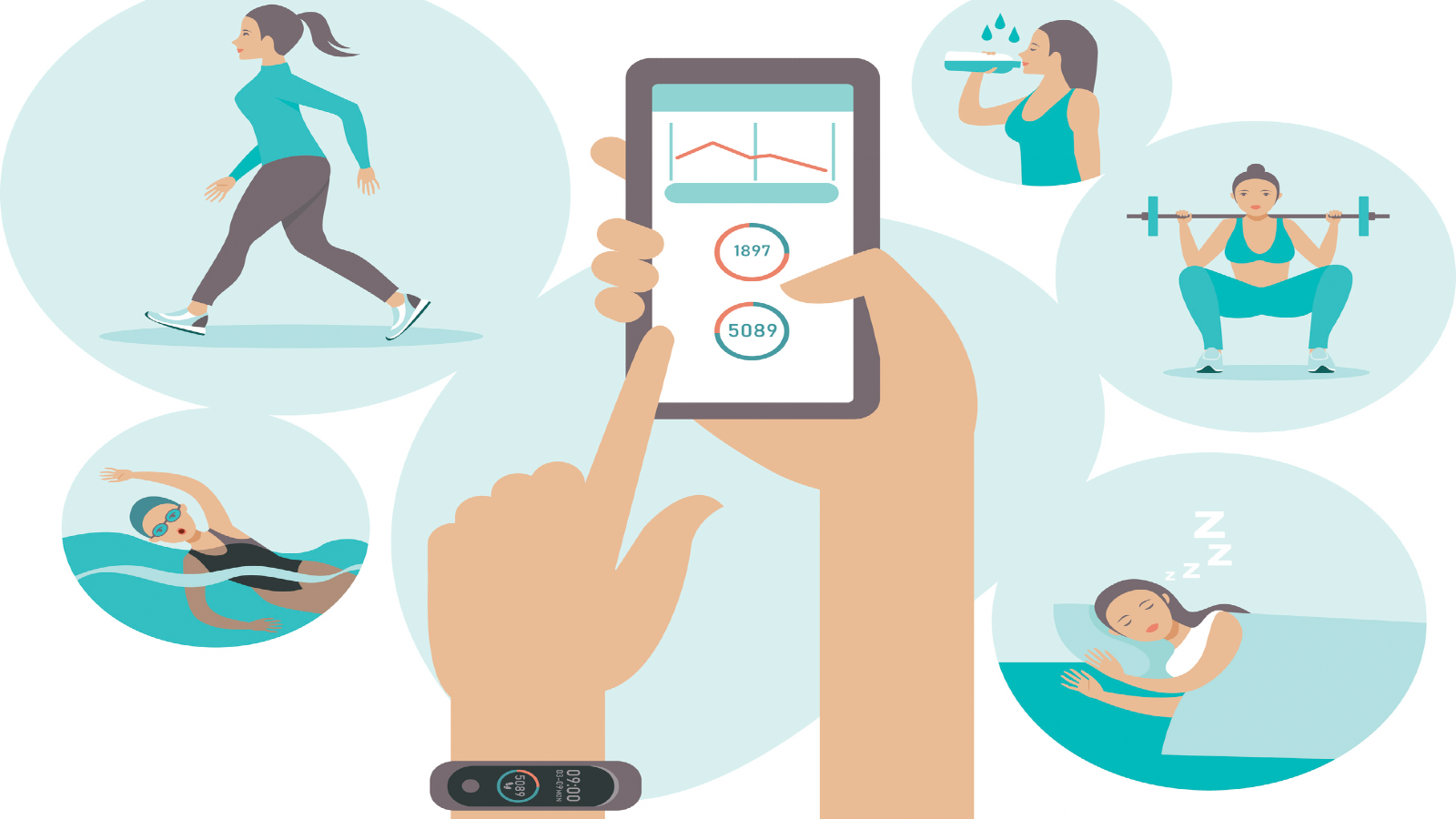
From heart rate to cholesterol levels, health trackers mean we’re inundated with numbers. So, we thought it was time to reveal what those figures really mean.
With doctors urging us to monitor our vital health statistics and, with the best fitness trackers and devices doing just that, health tech increasingly permeates our lives. But what do the numbers on your fitness tracker really tell you about your health? Here's everything you need to know:
What can the numbers on your fitness tracker reveal about your health?
1 If you got a good night’s sleep
We’re all obsessed with sleep. From how much or how little we got last night to how we can squeeze more into our busy lives. And, thankfully, many trackers tap into that interest. By monitoring wrist movements, trackers estimate how much time you actually spend asleep in a night. Plus, some also claim to measure periods of light or deep sleep again based on movement.
Dedicated sleep-tracking devices give more detail, but nowhere near the level of information a sleep lab would gather. Seven to nine hours sleep is optimum, but research shows that women aged 40-plus are more likely to have sleep problems than men, probably due to fluctuating hormone levels.
2 How healthy your heart is
Your resting heart rate, measured by many fitness trackers, reveals how your heart is coping with pushing blood around your body. A study of 129,135 healthy post-menopausal women found that those with the highest resting heart rates – 76 beats per minute (bpm) or more – were more at risk of a heart attack than those with the lowest, 62bpm or less. Normal resting heart rate is 60-100 bpm – the fitter you are, the lower that number will be.
Sign up for the woman&home newsletter
Sign up to our free daily email for the latest royal and entertainment news, interesting opinion, expert advice on styling and beauty trends, and no-nonsense guides to the health and wellness questions you want answered.
So, what should the numbers on your fitness tracker read? For women aged 46-55, a good resting heart rate is 66-69bpm. See your GP if your resting heart rate consistently tops 100bpm (tachycardia), especially if you also feel faint, dizzy or breathless.
3 Your ‘activity’ in bed
Yes, really! You may not intend to broadcast what happens between the sheets, but your fitness tracker could do it for you anyway. One woman monitored her heart rate using Fitbit while making love and posted the results on a social-media site. It revealed almost nine minutes of bedroom action during which her heart rate averaged 109bpm rising to 123bpm at orgasm.
Put simply, sex counts as aerobic exercise as much as running or going to the gym! We need to aim for 150 minutes of moderate intensity exercise a week. And, whether you’re swinging from the chandelier or gyrating in a Zumba class, that means a heart rate of 50-70% of your maximum heart rate.
To find your maximum heart rate, simply subtract your age from 220. So, if you’re 50, that means 85-119bpm. A simper guide to moderate intensity exercise is anything that makes you feel warm and slightly breathless, but still able to hold a conversation. Seems like sex could count, so it's definitely worth investing in one of the best vibrators.
What should thenumbers on your fitness tracker bethen?
Blood pressure
Should be:120/80 mm/hg or less.
What the numbers mean:The top figure, your systolic blood pressure, is the pressure in your arteries as your heart contracts. The bottom figure, your diastolic blood pressure, is the pressure in your arteries as your heart relaxes. At age 40-plus, raised systolic blood pressure is an important predictor of the risk of heart disease. Why? Consistently high blood pressure strains arteries, raising the risk of problems from chest pain (angina), heart attack and heart failure to kidney failure, stroke, blocked arteries in your legs or arms (peripheral artery disease), eye damage and aneurysms, a weak area in an artery.
Track it:The National Institute for Health and Care Excellence (NICE) recommends ‘ambulatory’ home monitoring, measuring your blood pressure as you go about everyday life, as the best way to track it. The QardioArm Blood Pressure Monitor, £88.25, Amazon.co.uk, measures blood pressure and heart rate, and also picks up an irregular heartbeat. Or, during Blood Pressure UK’s Know Your Numbers! Week, which takes place every September, free blood pressure checks will be available at 1,000 locations across the UK.
Blood glucose
Should be:Less than 40 (HbA1c) mmol/mol
What the numbers mean:The test measures HbA1c or glycated haemoglobin, which develops when glucose sticks on to haemoglobin. This is a pigmented protein that gives red blood cells their colour. Red blood cells survive for eight to 12 weeks, so HbA1c reflects average blood glucose levels over this period. Why? HbA1C is usually used to test for diabetes or pre-diabetes. A reading of 41-47 shows your body is struggling to control glucose levels, while 48 or more signifies diabetes.
Track it:A1CNow measures HbA1c, £99.99 for a four-test pack kit, Amazon.co.uk
Cholesterol
Should be:
- Total cholesterol 5mmol/L (millimoles per litre) or less
- Non-HDL-cholesterol 4mmol/L or less
- LDL-cholesterol 3mmol/L or less
- Fasting triglyceride 2mmol/L or less
- Non-fasting triglyceride less than 4mmol/L
What the numbers mean:Cholesterol is a waxy type of blood fat made in your liver but also found in some foods. It travels in your blood attached to proteins called lipoproteins. Too much LDL (low-density lipoprotein) is linked with a higher risk of heart disease. HDL (high-density lipoprotein) is known as “good” cholesterol because it carries LDL from your bloodstream. Doctors increasingly look at non-HDL cholesterol, which consists of the most dangerous types of “bad” LDL cholesterol. Triglycerides are another type of fat found in meat, dairy and cooking oils and in your blood after a meal – levels rise after you eat and return to normal afterwards.
Persistently high triglycerides often go hand in hand with low levels of “good” HDL cholesterol. It can be a sign of diabetes, pre-diabetes or metabolic syndrome – high blood fats, high blood pressure and high blood glucose. Why? Your non-HDL cholesterol as well as total cholesterol, triglycerides, age, sex, blood pressure and whether you smoke can help calculate your risk of heart disease.
Track it:You can buy cholesterol home-test kits from pharmacies. Plus, there are cholesterol-tracking apps available for your phone. However, experts say it’s best measured by a healthcare professional who knows how to interpret the numbers and assess risk factors.
-
 All the lessons we've learned from Professor Tim Spector on optimising your health and wellbeing
All the lessons we've learned from Professor Tim Spector on optimising your health and wellbeingIf anyone's qualified to give us lessons on how to eat better, it's Professor Tim Spector - and these are his best lessons
By Grace Walsh Published
-
 How to charm your in-laws: the ultimate guide to keeping the peace
How to charm your in-laws: the ultimate guide to keeping the peaceDiscover how to strengthen your in-law relationships, one thoughtful gesture at a time
By Natalie Denton Published
-
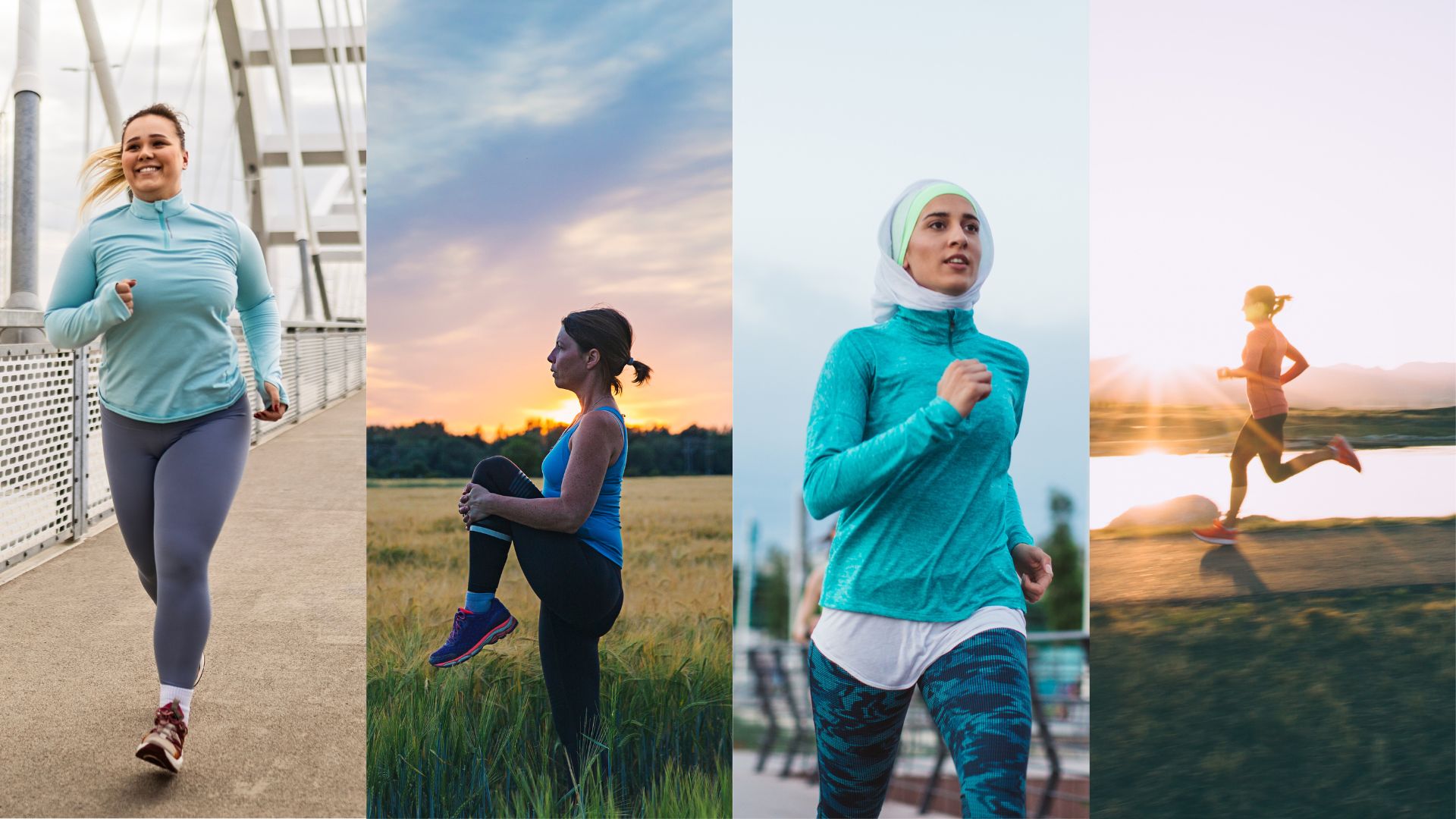 Tips for running your next marathon, whether it's your first race or you're a seasoned marathoner
Tips for running your next marathon, whether it's your first race or you're a seasoned marathonerFrom race fuelling to recovery, these handy tips can get you through your training, from your first run to race day
By Grace Walsh Published
-
 Easy everyday habits to up your fitness stamina
Easy everyday habits to up your fitness staminaOut of breath and out of shape? Try these fitness hacks to up your game
By Natalie Denton Published
-
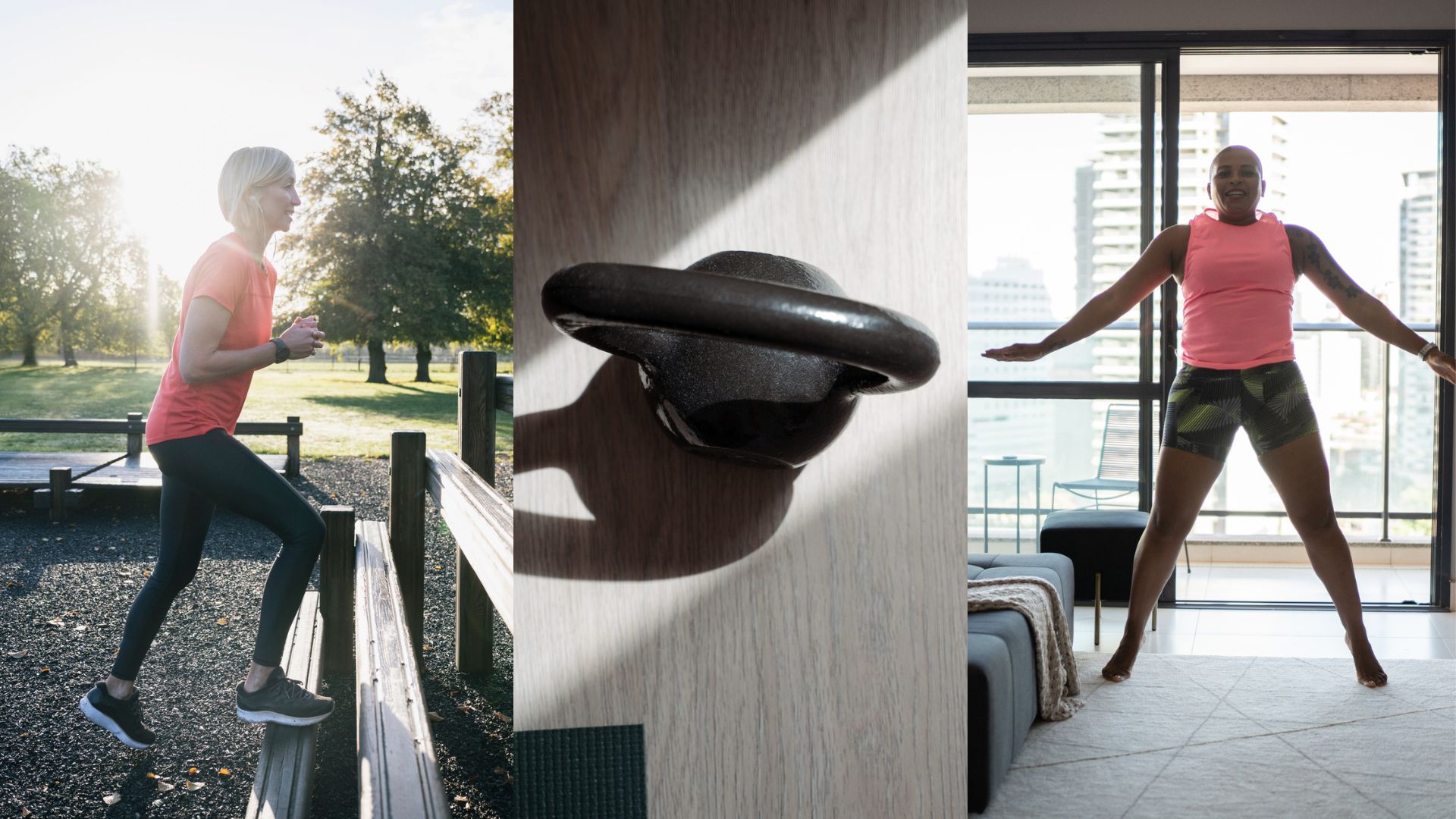 32 exercise snacking ideas to boost your activity at home or the office
32 exercise snacking ideas to boost your activity at home or the officeExercise snacks are small bursts of movement to keep you active throughout the day. Here are some ideas to incorporate into your workout plan
By Grace Walsh Published
-
 32 essential hiking tips for beginners to get onto the trails or into the mountains
32 essential hiking tips for beginners to get onto the trails or into the mountainsIf you're new to hiking, having a list of need-to-knows can make all the difference and help boost your confidence on the trails
By Grace Walsh Published
-
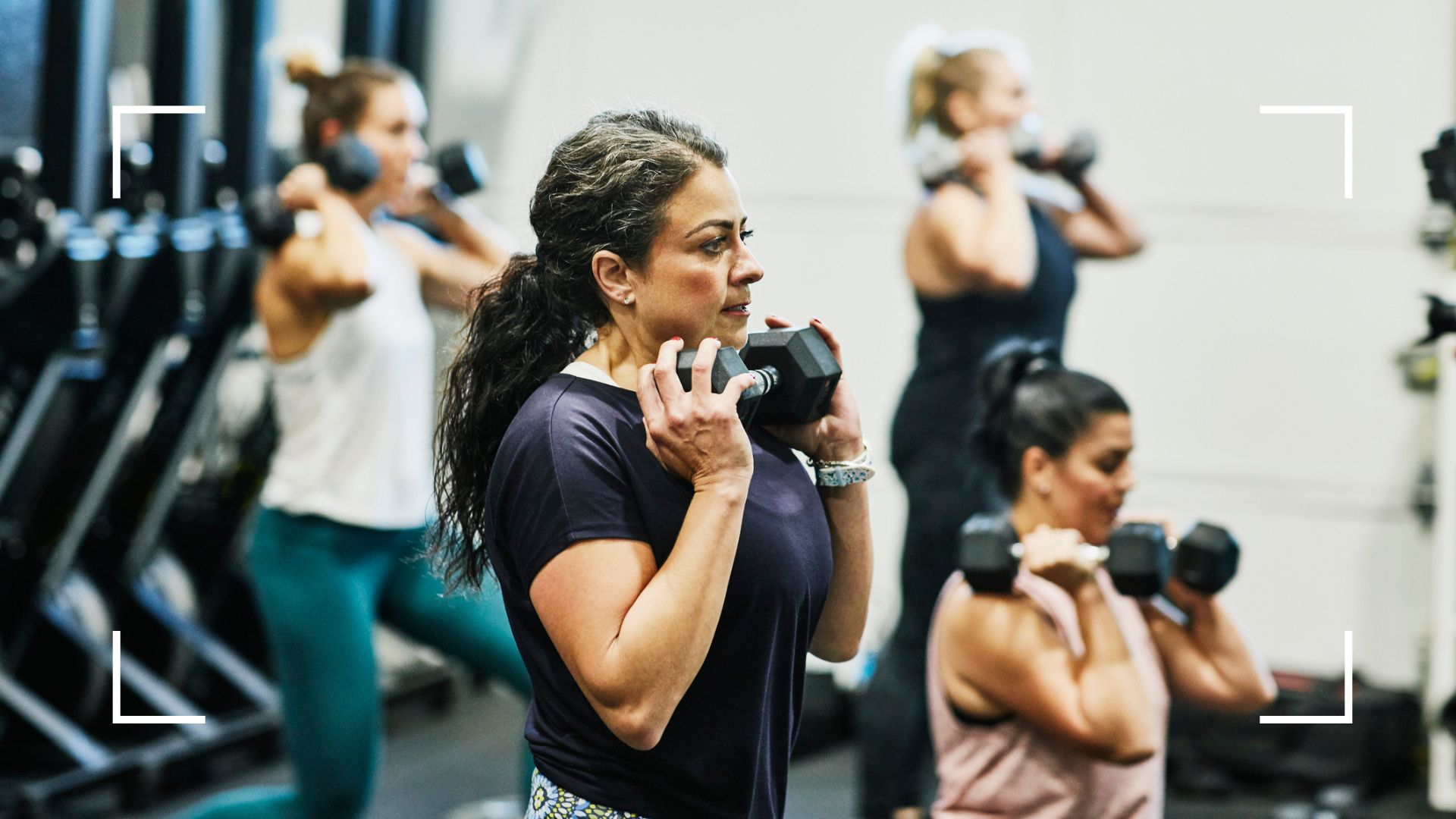 What your metabolic age really says about your health (and how to calculate it)
What your metabolic age really says about your health (and how to calculate it)Knowing your metabolic age can be helpful in ensuring your fitness levels are on track...
By Ali Horsfall Published
-
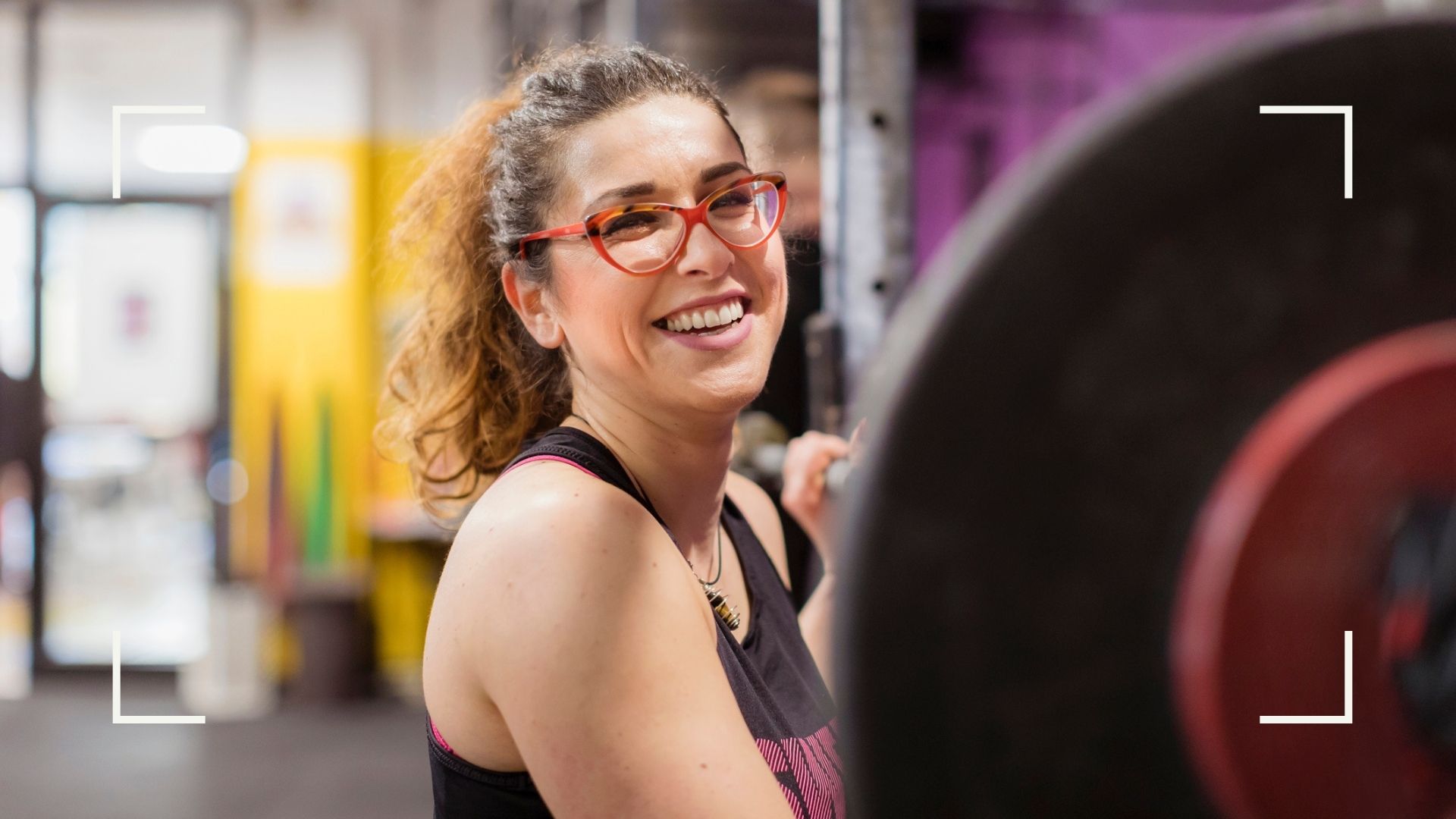 How much exercise per week do I need to do?
How much exercise per week do I need to do?How much exercise per week you need to do depends on a whole variety of factors, from workout routine to sleep schedule
By Grace Walsh Published
-
 Fitbits vs Apple Watches: what are the differences between the two?
Fitbits vs Apple Watches: what are the differences between the two?By Amy Hunt Published
-
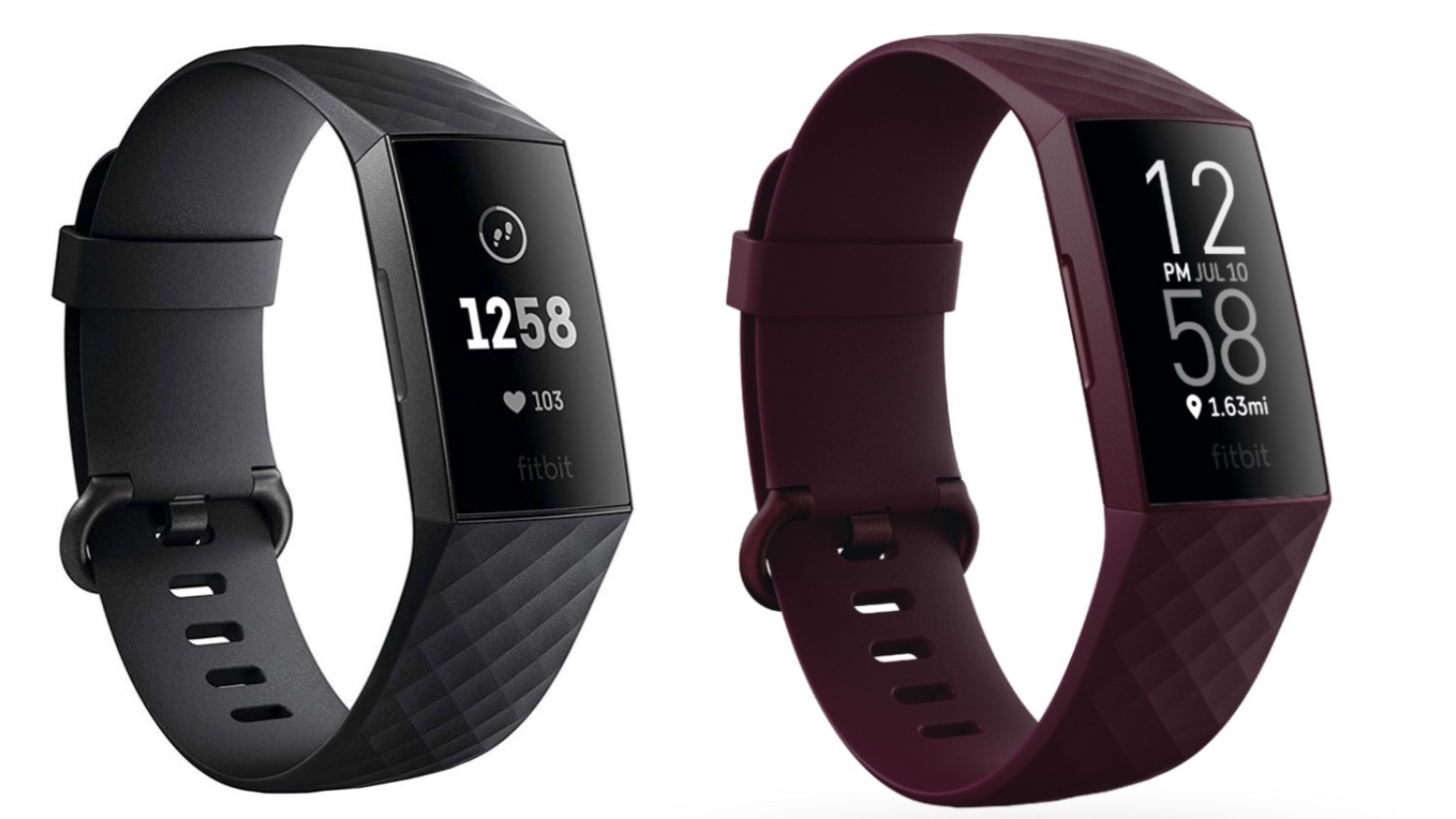 Fitbit Charge 3 vs Fitbit Charge 4: what is the difference between the older and the newer fitness tracker?
Fitbit Charge 3 vs Fitbit Charge 4: what is the difference between the older and the newer fitness tracker?By Amy Hunt Published